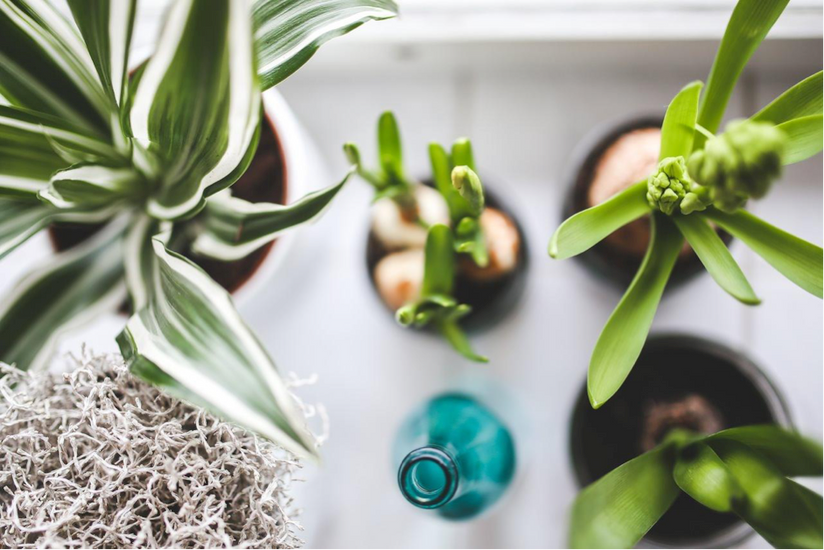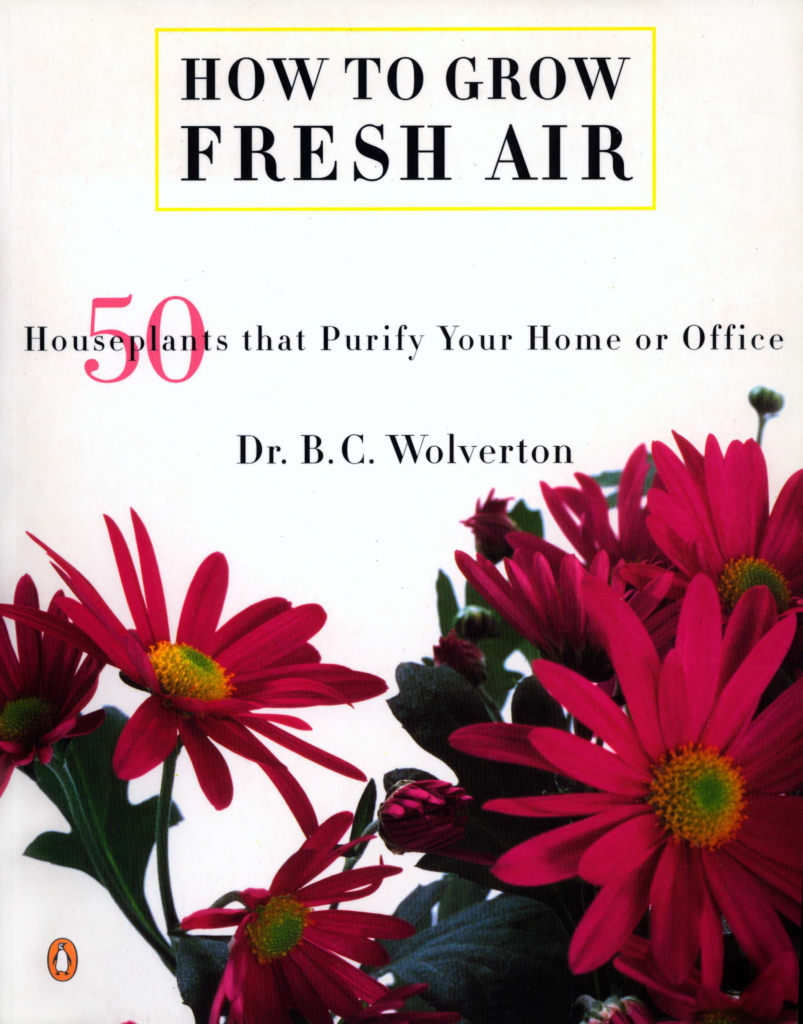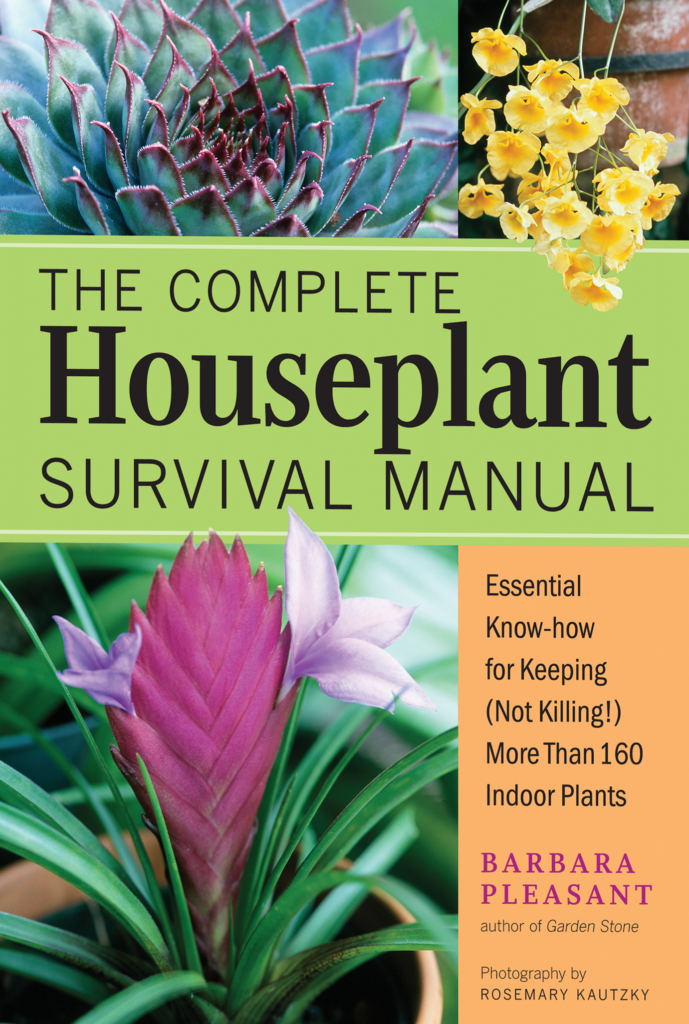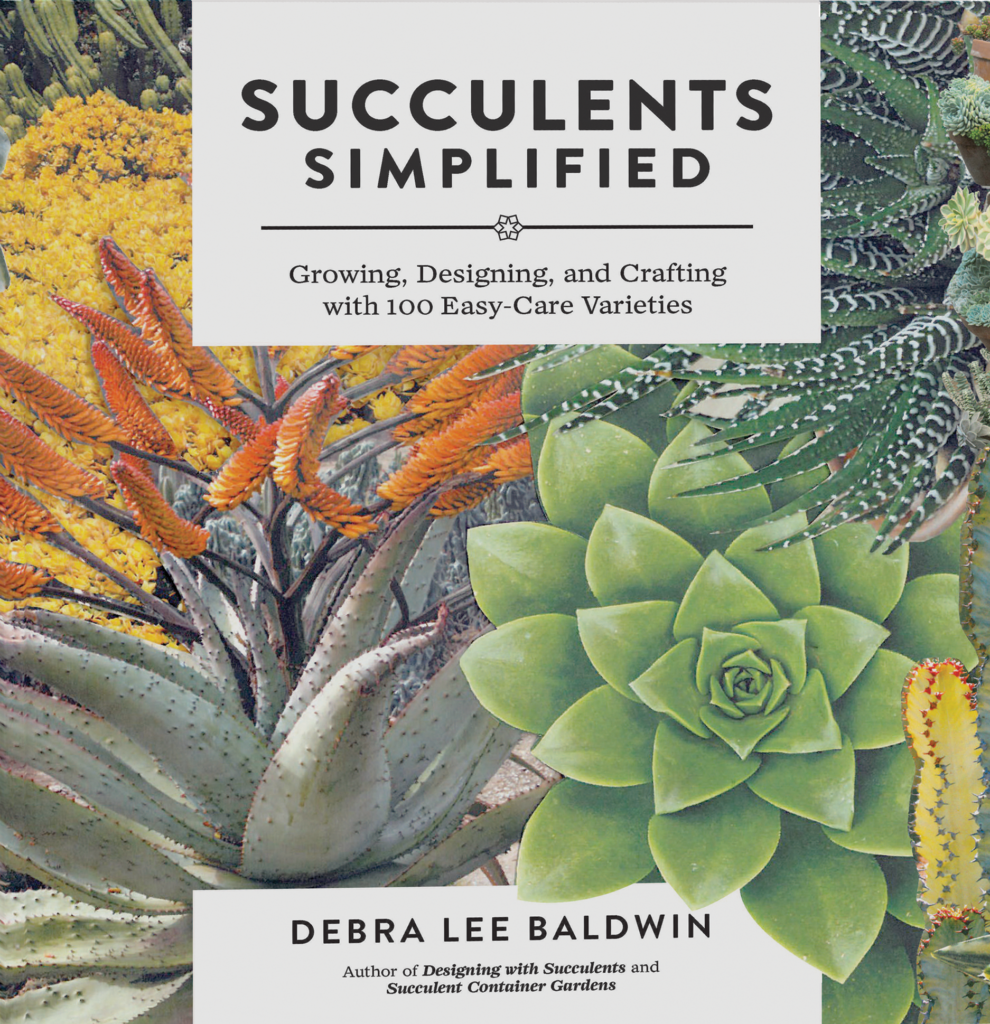Celebrate Arbor Day With Plants That Improve Your Health
Posted by Megan Habel on Apr 25, 2017
Add these office plants to your workspace to go green and improve your health!
In honor of Arbor Day, we're discussing how to bring the great, green outdoors — in! Numerous studies have proven that plants in the workplace have wonderful benefits including better health. They can reduce stress, increase productivity, muffle noise, and produce cleaner air among much, much more! Putting a bit of green on your desk is a noble aspiration and much easier than you might think. These 4 plants make great desk companions no matter where you work:
1. Boston Fern
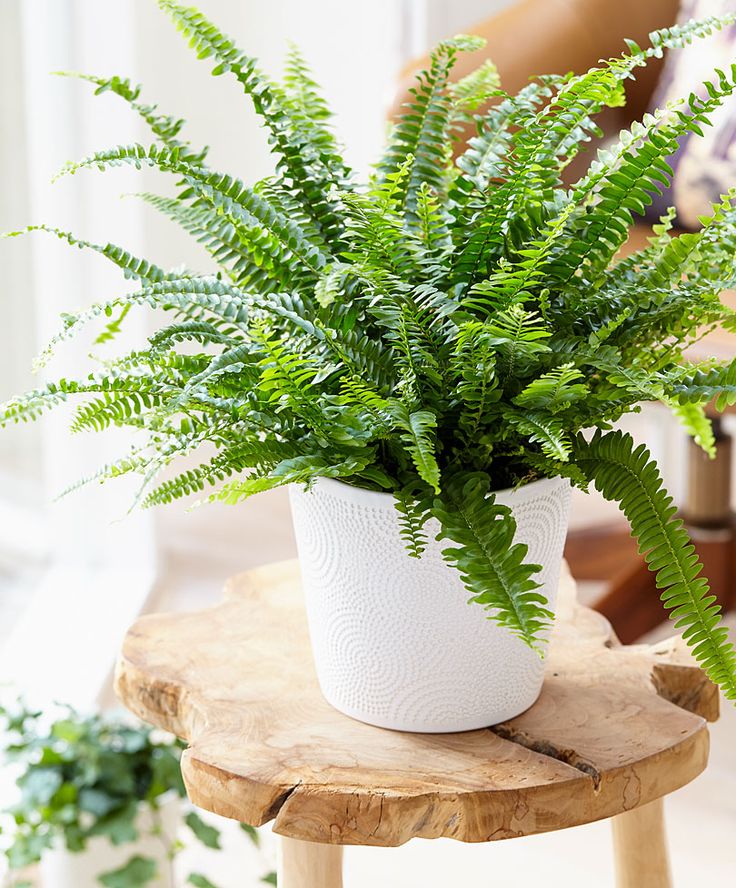
The Boston Fern is wonderful for cleaning the air; it is the number one house plant for removing formaldehyde. Why would you be coming in contact with formaldehyde? Research shows that different kinds of formaldehyde are used in furniture, insulation, and certain paper products. The chemical can be highly toxic in concentrated exposures; however, most everyday, commonplace exposure in the office leads to nasal or eye irritations.
To keep your office air clean and your Boston Fern healthy, regular watering will be required. Place it in a well-lit area that is out of direct sunlight. Too much light will scorch the leaves; too little light will cause the leaves to wither and fall off. Be warned: it is a slightly finicky plant that requires attention and care.
2. Peace Lily
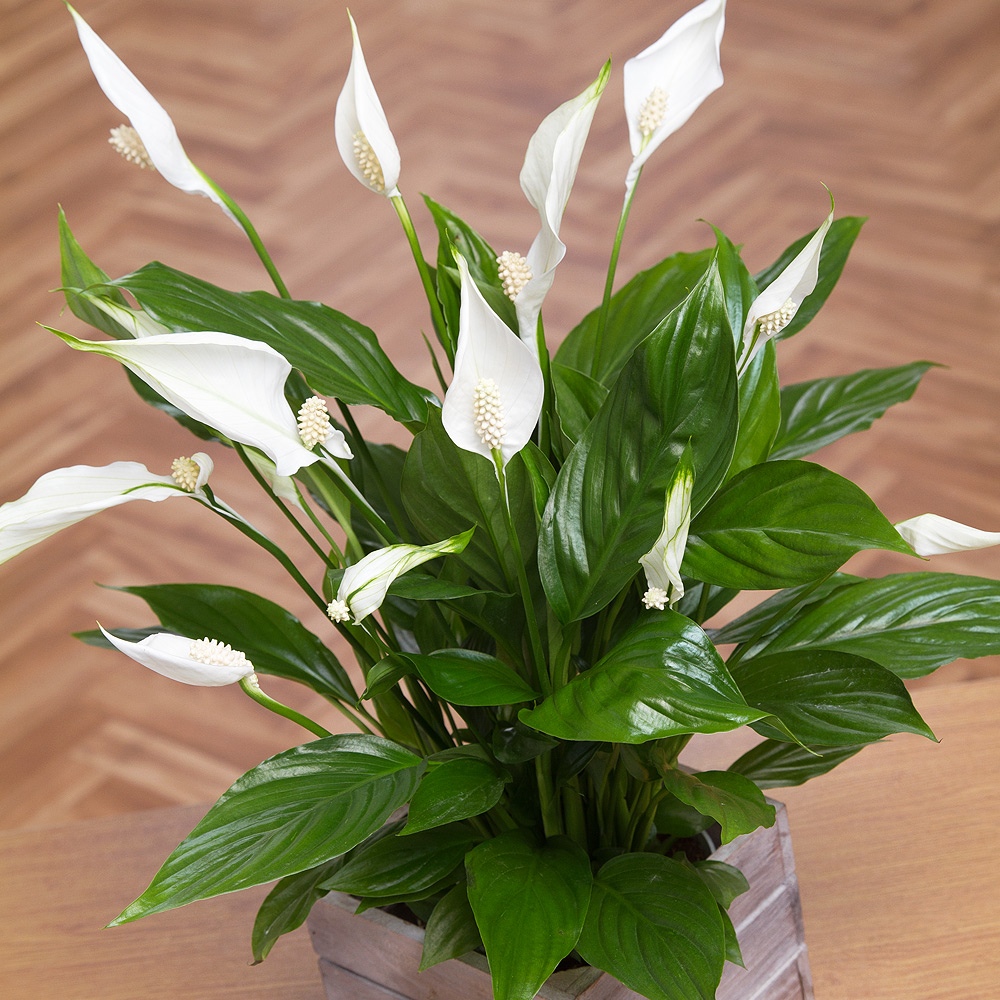
If you're looking for a less specialized air cleaner, give the Peace Lily a try. This plant is known for filtering out benzene, formaldehyde, trichloroethylene, xylene, toluene, and ammonia — basically, all chemicals found in paints, furniture, cleaners, paper products, and in a plethora of other sources. Mild exposure can result in headaches, dizziness, nasal and eye irritation, and nausea.
Not only will a peace Lily keep the air clean, but it produces flowers all year-round. That'll certainly brighten up your office space! Place your Peace Lily in a bright place but not in direct sunlight. It can also do well in lower light conditions. Remember to water it regularly as it likes to be kept moist. If you return from a weekend to see it wilted to the point that it looks like limp spinach, simply water it thoroughly and watch it perk back up by the day's end!
3. Succulents
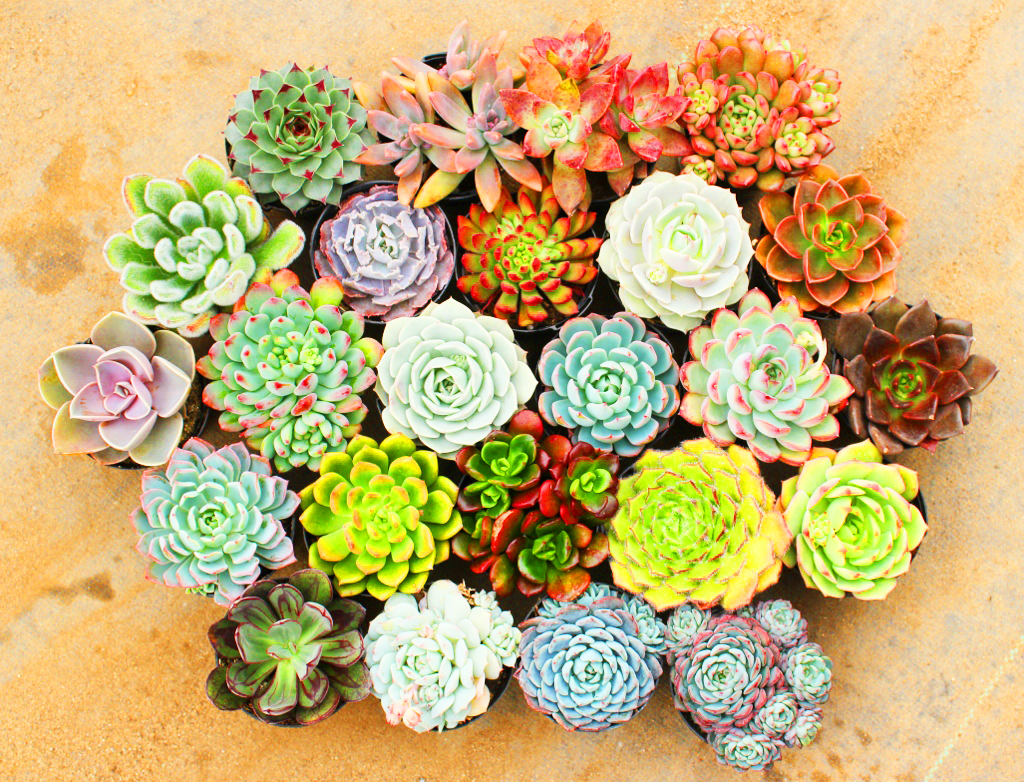
Worried you might be a serial plant killer? Try some succulents! They have exploded in popularity recently, and come in a wide variety of shapes, colors, textures, and sizes. The most beautiful thing about them: their resilience. Put together a terrarium based on color or type or whatever catches your eye and watch them thrive! Your local garden or home improvement store will most likely have put together pots full of different types.
While being desert plants, succulents still require water. Put a reminder on your calendar and lightly water your succulents once a week. Most succulents like a decent amount of light and can tolerate direct sunlight — do a bit of research to determine the best care for your particular type of succulent(s).
4. Air Plants
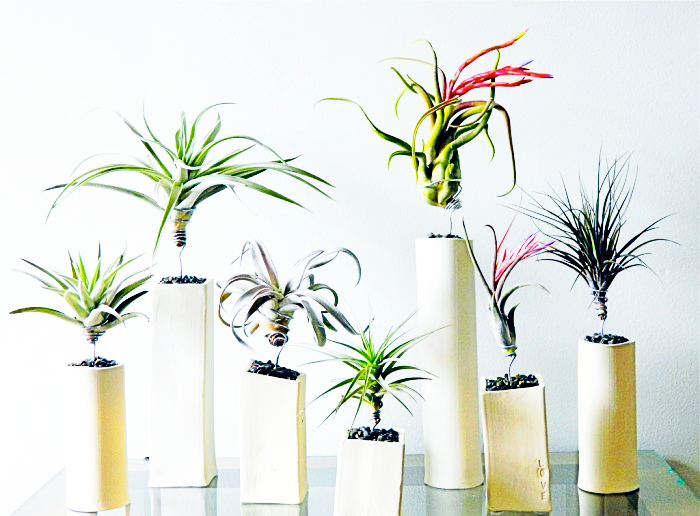
If semi-regular watering is still a bit too much for you, then ditch the soil altogether and grab an air plant. These, too, have grown much more popular in recent years. They can be found at any garden or home improvement store. Pick your favorite kind — spiky, curly, vibrant, or neutral — and put it on display! They'll do wonders for your mental health.
Air plants get all their moisture from their leaves. While they can survive for long periods of drought, they will not grow or thrive and will eventually die off if water is too scarce. Mist them or even dunk them in water for an hour every so often and they'll be fine. If you do dunk them, be sure to shake off the excess water so the core does not rot. Then, put them in indirect light.
3 books that will help you take care of your plants — in and out of the office:
1. How To Grow Fresh Air by B. C. Wolverton
Plants are the lungs of the earth, producing the oxygen that makes life possible. Houseplants can perform the same function as well as add precious moisture and filter toxins! Dr. B. C. Wolverton has done all the research so you don't have to. In this title, she shows you how to grow and nurture 50 plants as accessible and trouble-free as the tulip and the Boston fern.
2. The Complete Houseplant Survival Manual by Barbara Pleasant
If you love the idea of keeping houseplants, but struggle to care for them, then you'll find solace and invaluable advice in this comprehensive guide. Even experienced houseplant enthusiasts will benefit from expert gardener Barbara Pleasant's expansive knowledge of the indoor garden.
3. Succulents Simplified by Debra Lee Baldwin
From the bestselling author of Designing with Succulents, comes this wonderful introduction to trendy, low-maintenance, drought-tolerant plants. It is the ideal guide for gardeners, crafters, and DIYers. Along with gorgeous photos, it is also packed with great design ideas.
This post was written by Cassie Folkers, the sales support representative at BookPal. She is currently reading The Count of Monte Cristo by Alexandre Dumas.

